
views
Predicting a Child’s Adult Height

Average the parents heights. One way you can make a guess about how tall a child will be when they are fully grown is by using the heights of the parents. Add both the mother and the father’s heights together. For boys, add five inches (13 cm) to the height, and for girls, subtract five inches (13 cm) from the height. Divide that total by two. That total is an estimated height for the child. Remember that children grow at different rates and genetics may make a child taller or shorter than their parents.
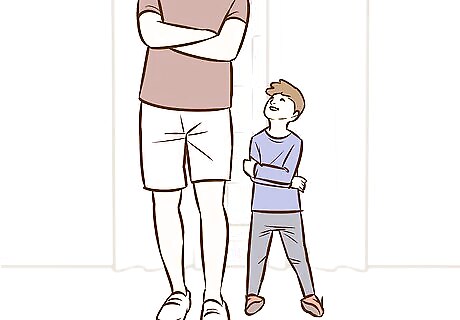
Make a height projection between 18 and 24 months of age. You can also predict a child’s full height by assessing the child’s height around age two. Just double their height around that age for an estimated height. For your boy, take his height at 24 months. Double this number. This is the predicted height. For girls, double the height around 18 months of age for an estimation.

Use an online growth calculator. Many parenting websites offer a child height calculator that estimates the child’s adult height. You will need to input the child’s sex, age, current height, and parent heights.
Using Proportional Height Estimation
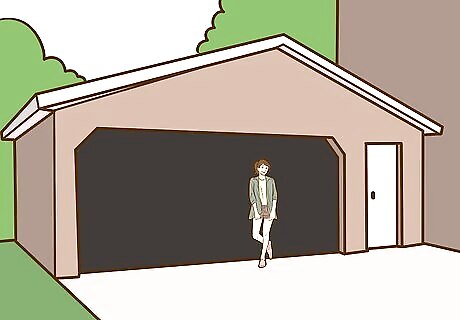
Ask a person to stand next to the object. You need another person for this method to work. Ask a person whose height you know to stand by the object. This gives you a base height to use to calculate the height of the taller object.

Hold a stick in front of the person. Move far enough away from the object so that you can see the top and bottom of it easily. Hold something straight and vertical, like a pencil, stick, or piece of paper, in front of you. Position the pencil at a place where the top and bottom align exactly with the other person. This is your measurement for the rest of the object.
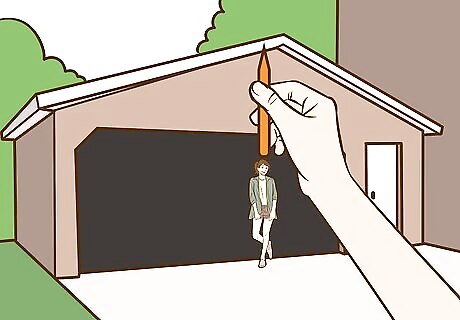
Move your measurement stick up the object. Place your finger at the top of the other person’s head and move the stick up. Place the bottom of the stick at the person’s head, where your finger is. Next, move your finger to the top of the stick to hold your place. Move the stick up again, placing the bottom of the stick where your finger is. Do this as many times as needed to climb up the object.
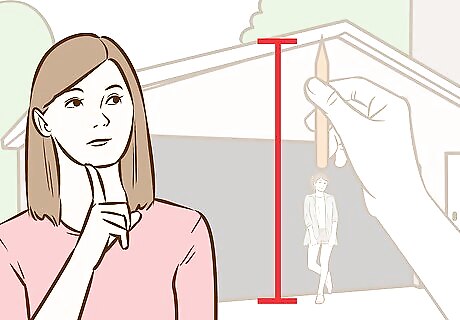
Calculate the height. Determine the number of times you moved the stick up the tree. Multiply this number by the other person’s height to calculate the estimated height of the tall object. For example, if your friend is 65 inches (165 cm) tall, and you moved the stick up four times, you would multiply 65 in (165 cm) by four. If the last measurement doesn’t use the stick completely, estimate the amount of the stick, such as one third, one half, or three-fourths.
Trying Other Methods

Compare the object to one whose height you know. Find an object near the object you want to measure that you know the height of. Based on that measurement, you can determine if the other object is two, three, or ten times taller than the object. For example, if a person is standing near a building, you can assume the person is around 65 inches (165 cm) to 72 inches (183 cm). You can base the height of the taller or shorter object on that. If two people are standing side by side, you can compare the heights. If you know that person A is 66 inches (168 cm) and the person beside them only comes to their shoulder, you can estimate that they are four to six inches (10 to 15 cm) shorter.
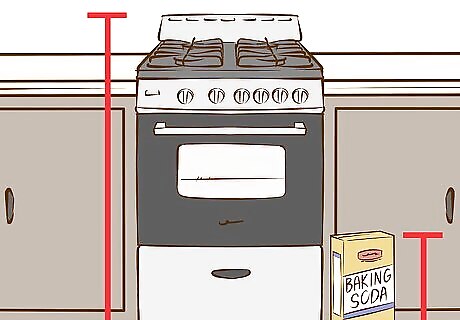
Estimate by placing things in order of largeness. Another way you can estimate height is to look at the things surrounding the object you want to measure. Compare different large and small objects and place them in order from shortest to tallest. Use this to estimate how tall you think things are. If you don’t know how tall anything is, you may look at a building, a light post, and a car. You know a car is shorter than most people, a light post is around twice the size of a person, so you can estimate that the car is 48 inches (122 cm) and the light post is 120 inches (305 cm). Based on that, the building must be much taller.
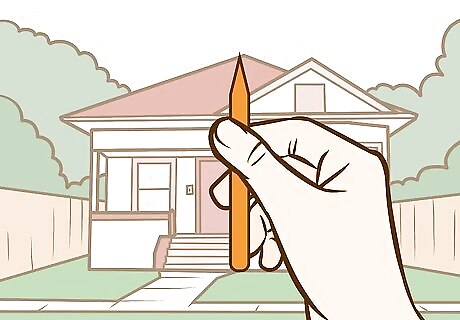
Use the stick method. A simple and classic method to estimate height is with a stick. Find a stick or other vertical object that is the same length of your arm. If the object is longer than your arm, just hold it at the spot where what is sticking up is equal to the length of your arm. Hold it completely vertical and walk until the top of the object is at the same spot as the top of the stick. Mark where you are standing. The distance between you and the object is the estimated height of the object.

















Comments
0 comment